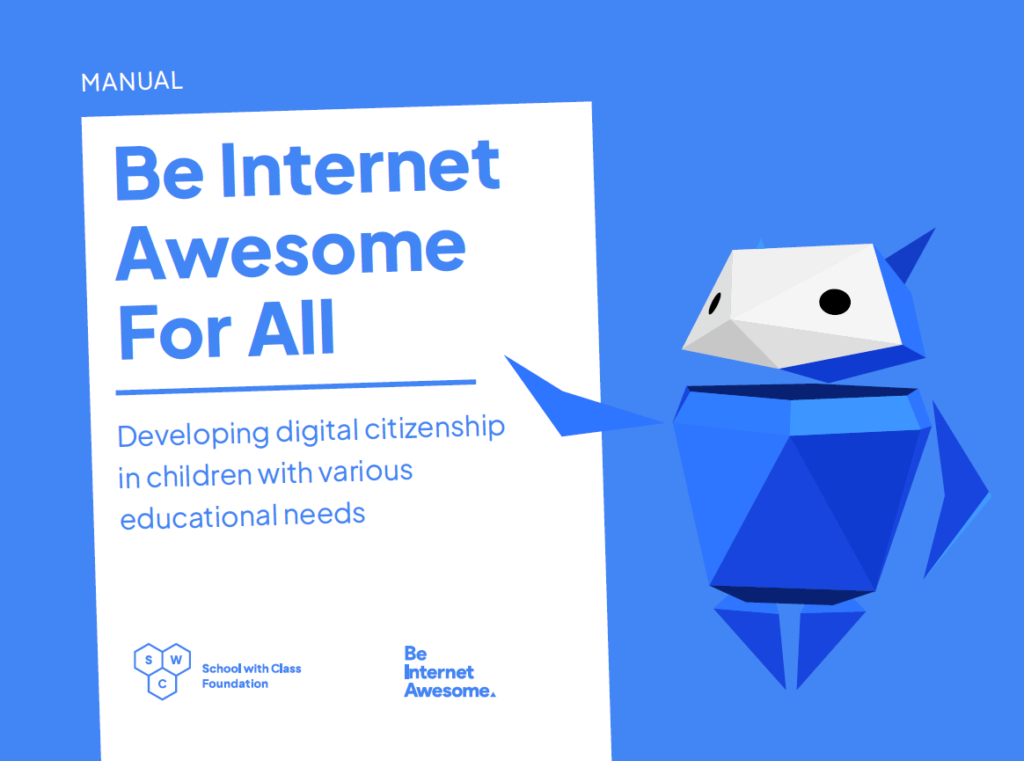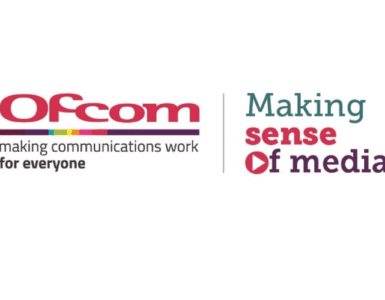by Maria Popielawska, Be Internet Awesome, School with Class Foundation, Poland.
Practical insights from BIA4ALL
In the wake of our recent celebration of the International Day of Persons with Disabilities on December 3rd, let’s take a moment to reflect on the accessibility and inclusion of the digital. Online resources and a wide range of tools and applications have opened the doors for those who might not have had access to many aspects of education, cultural, economic, political, and social life before.
When talking about the digital world, it’s not only about the resources and learning opportunities but also about the tools, platforms, and applications that make content available. Therefore, it is crucial for all of us to remember, as we write publications, develop contents, create programs, that it’s not only what we are putting out there but equally important – how we do it and what measures we take to make it accessible. These questions are more than relevant when it comes to digital education.
As the School with Class Foundation, we are leading the Be Internet Awesome (BIA) program in Poland under the name of Asy Internetu. We have developed a curriculum for teachers, educators, and parents on digital education, which focuses on teaching children how to be alert, brave, kind, smart, and strong online.
At the School with Class Foundation, we believe that the world of tomorrow depends on the education of today. Education can be a platform for inclusion of diverse groups, including children with individual educational needs.
Therefore, together with numerous experts in the field, we have created Be Internet Awesome BIA 4 All – a set of tools designed to support educators and NGOs in enhancing the digital skills of children with diverse educational needs. The portfolio is based on open online access, available in 7 language versions, including English. There are in-depth sections touching on digital education of children on the autism spectrum, children with emotional and behavioral difficulties, children with chronic illness, children with visual impairments, children with intellectual disabilities, and children with migration experience.
For sure, educators and practitioners reading this know that children with individual educational needs exhibit diverse internet and online behavior. While some children might need customized approaches or tools, what they all have in common is that information and communication technologies (ICT) can enlarge and widen their opportunities when included in education.

What are some of the accessibility and inclusion opportunities that the digital brings?
While providing digital education for children on the Autism Spectrum, ICTs may be used to promote the development of social skills, i.e., by supporting students during online communications and reviewing past online interactions. Digital education includes educating on the specific opportunities and risks associated with ICT use by providing instructions to guide appropriate online behavior and reduce cyberbullying risks for students on the autism spectrum.
Recommendations for children with chronic illness focus on restoring social activity and participation where ICTs can be great support. This is also a great way of cooperating between the main school and the hospital-school, giving opportunities for organizing video calls with peers and access to educational resources.
For children with visual impairments, ICTs offer access to digital resources and social interactions with the use of screen readers, audio description, without complicated and costly technical equipment. However, support from trained teachers, who are familiar with digital accessibility solutions and requirements, is crucial so students can fully participate in online activities.
Engagement in learning through self-competition is one of the educational opportunities for children with emotional and behavioral difficulties that ICT offers. Serious games provide a platform to develop social and emotional competencies.
The online and offline experiences of children with intellectual disabilities are closely related. Therefore, ICTs could be used to support healthy and safe peer relationships.
For children with migration experience, ICTs can answer the need of learning a new language, establishing contact with others through games, forums, art. ICTs also provide a platform to maintain contact with the culture and family in the country of origin.
While the advantages of ICTs are unquestionable, there are still traits related to online activities of children. As ever, they need us – adults who can show how to be safe on the internet and how to use ICT for individual and common good. In embracing digital education, we can open the doors for endless opportunities for children with diverse educational needs. Together, we shape a future where education is truly inclusive, leaving no child behind.

Author
Maria Popielawska, Program Director, Be Internet Awesome, School with Class Foundation, Poland.














